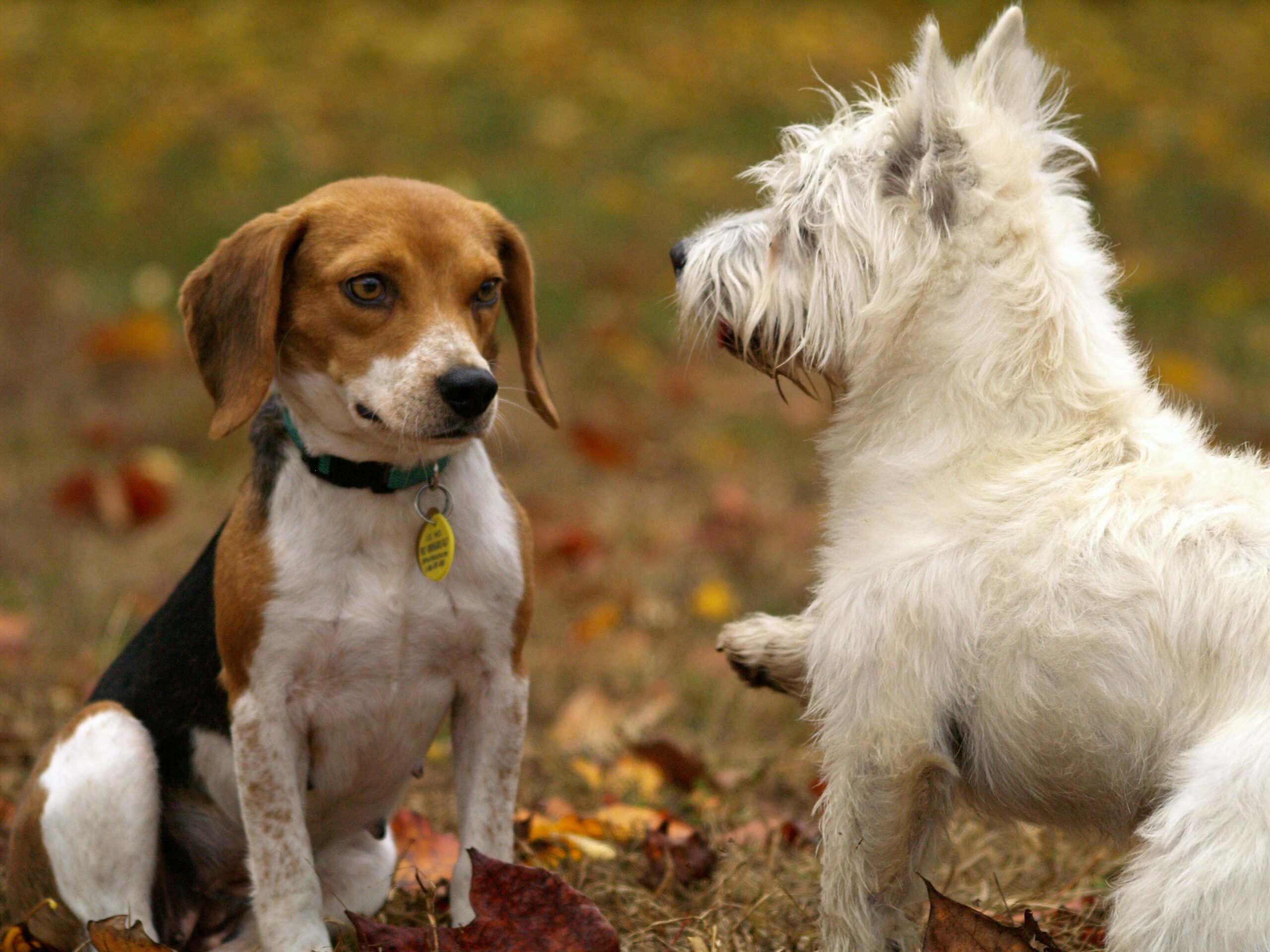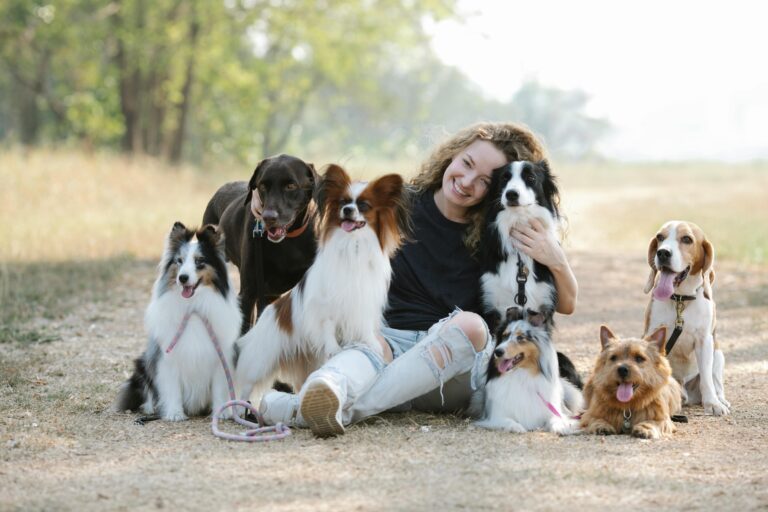How To Socialize Your New Puppy
Socializing your puppy is one of the most crucial aspects of raising a well-behaved and happy dog. Early socialization helps your puppy become comfortable in various environments and with different people and animals. Here’s a detailed guide to help you navigate the essential steps of socializing your puppy safely.
The Importance of Early Socialization and How to Do It Right
Early socialization is critical for your puppy’s development. It helps them grow into a confident, well-adjusted dog. Puppies have a prime socialization window from about 3 to 14 weeks of age. During this period, positive experiences with different people, animals, and environments are vital.
- Puppy Classes: Enroll your puppy in a well-run puppy socialization class. These classes provide controlled environments where puppies can learn to interact with others under professional supervision. Trainers can also offer valuable tips on handling common behavioral issues.
- Exposure to Various Environments: Introduce your puppy to different settings such as parks, busy streets, pet-friendly stores, and even different types of flooring (e.g., grass, concrete, wood). This exposure helps your puppy become adaptable and less fearful of new experiences.
- Meeting Different People: Ensure your puppy meets a diverse range of people, including children, men, women, and individuals wearing hats or uniforms. This exposure helps reduce fear and aggression towards unfamiliar people. Encourage visitors to your home to interact with your puppy calmly and positively.
- Handling and Touching: Regularly handle your puppy’s paws, ears, and mouth to get them used to being touched. This practice is crucial for future grooming and veterinary visits. Gently brushing your puppy and getting them accustomed to nail trimming and ear cleaning can prevent anxiety during these activities later in life.
Organizing Puppy Playdates
Playdates are an excellent way to socialize your puppy in a controlled, familiar environment. Here’s how to organize successful puppy playdates:
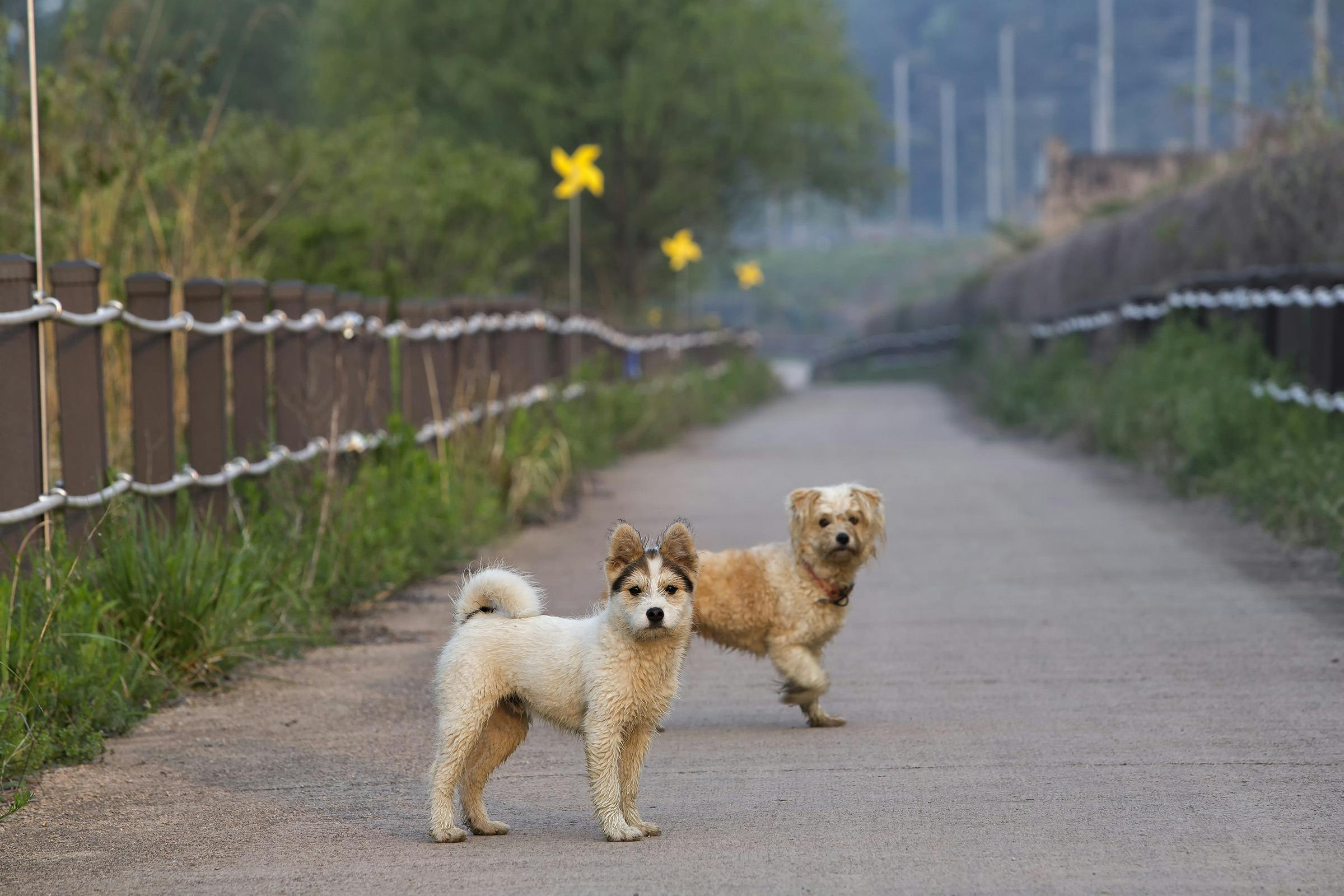
- Choose Compatible Playmates: Select puppies or friendly adult dogs that are well-socialized and similar in size and energy level to your puppy. This helps prevent intimidation or injury. It’s important to start with one-on-one playdates before introducing your puppy to larger groups.
- Set Up a Safe Space: Ensure the play area is secure and free from hazards. Remove any small or sharp objects that could cause injury. An enclosed backyard or a living room with puppy-proofing measures in place can be ideal.
- Keep Sessions Short: Start with short playdates of about 20-30 minutes to prevent your puppy from becoming overwhelmed or overtired. As your puppy becomes more comfortable, you can gradually extend the playtime.
- Positive Reinforcement: Reward your puppy with treats and praise for positive interactions to reinforce good behavior. Watch for signs of stress or fatigue, and provide breaks if necessary. Playdates should be a fun, positive experience for your puppy.
Introducing Your Puppy to Other Pets
Introducing your new puppy to existing pets in your home requires patience and careful planning to ensure harmonious relationships:
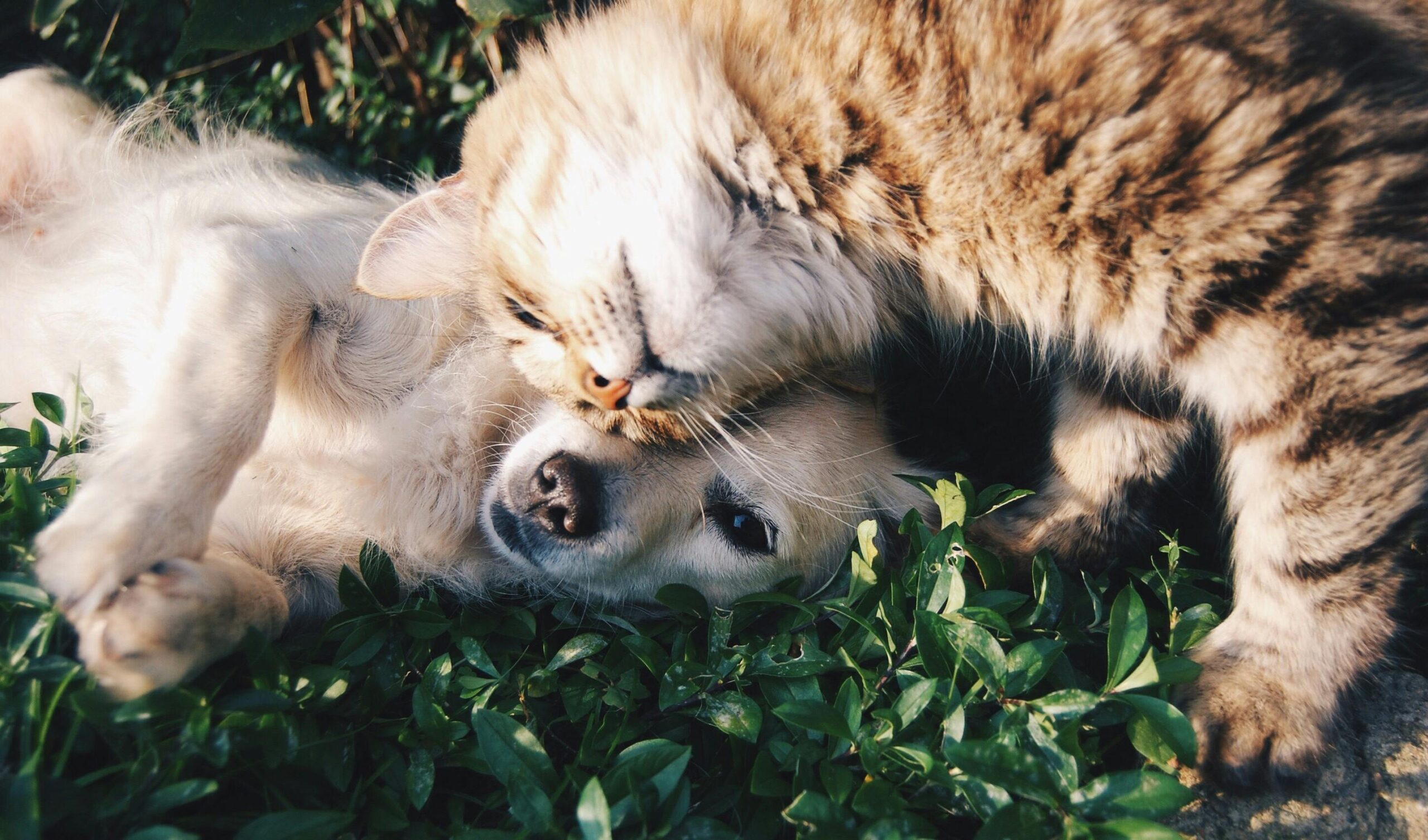
- Gradual Introduction: Start by allowing your pets to sniff each other through a closed door or baby gate. This indirect interaction allows them to become familiar with each other’s scent without direct contact. Gradually increase their time together under supervision.
- Neutral Territory: Introduce them in a neutral area where no pet feels territorial. This approach reduces the likelihood of defensive behavior. Avoid places where your existing pets spend most of their time, such as their favorite sleeping spots.
- Positive Associations: Give treats and praise to both your puppy and other pets during interactions to create positive associations. Feeding them at the same time (but in separate areas) can also help build positive connections.
- Monitor Body Language: Watch for signs of stress or aggression in both your puppy and the other pets. Separate them if necessary and try again later. Signs of stress include growling, hissing, raised fur, or a stiff posture. If interactions remain tense, consider seeking advice from a professional trainer or behaviorist.
Navigating Dog Parks with Your Puppy
Dog parks can be great places for socialization, but they also come with risks. Here’s how to navigate dog parks safely with your puppy:
- Vaccinations and Health: Ensure your puppy is fully vaccinated and in good health before visiting a dog park to prevent exposure to diseases. Consult your vet about when it’s safe for your puppy to start visiting public places.
- Start Slowly: Begin with short visits during off-peak hours when the park is less crowded. Gradually increase the length of your visits as your puppy becomes more comfortable. Off-peak hours usually mean fewer dogs and a calmer environment.
- Observe First: Before entering, observe the behavior of other dogs in the park. Avoid entering if there are overly aggressive or unruly dogs. Look for signs of positive play, such as wagging tails and playful bows.
- Stay Vigilant: Always supervise your puppy closely and be prepared to intervene if play becomes too rough or if your puppy seems scared. Stay close to your puppy and be ready to call them back to you if needed. Bring water and snacks to keep your puppy hydrated and energized.
Creative Ways to Socialize Your Puppy
In addition to traditional methods, there are many creative ways to socialize your puppy:
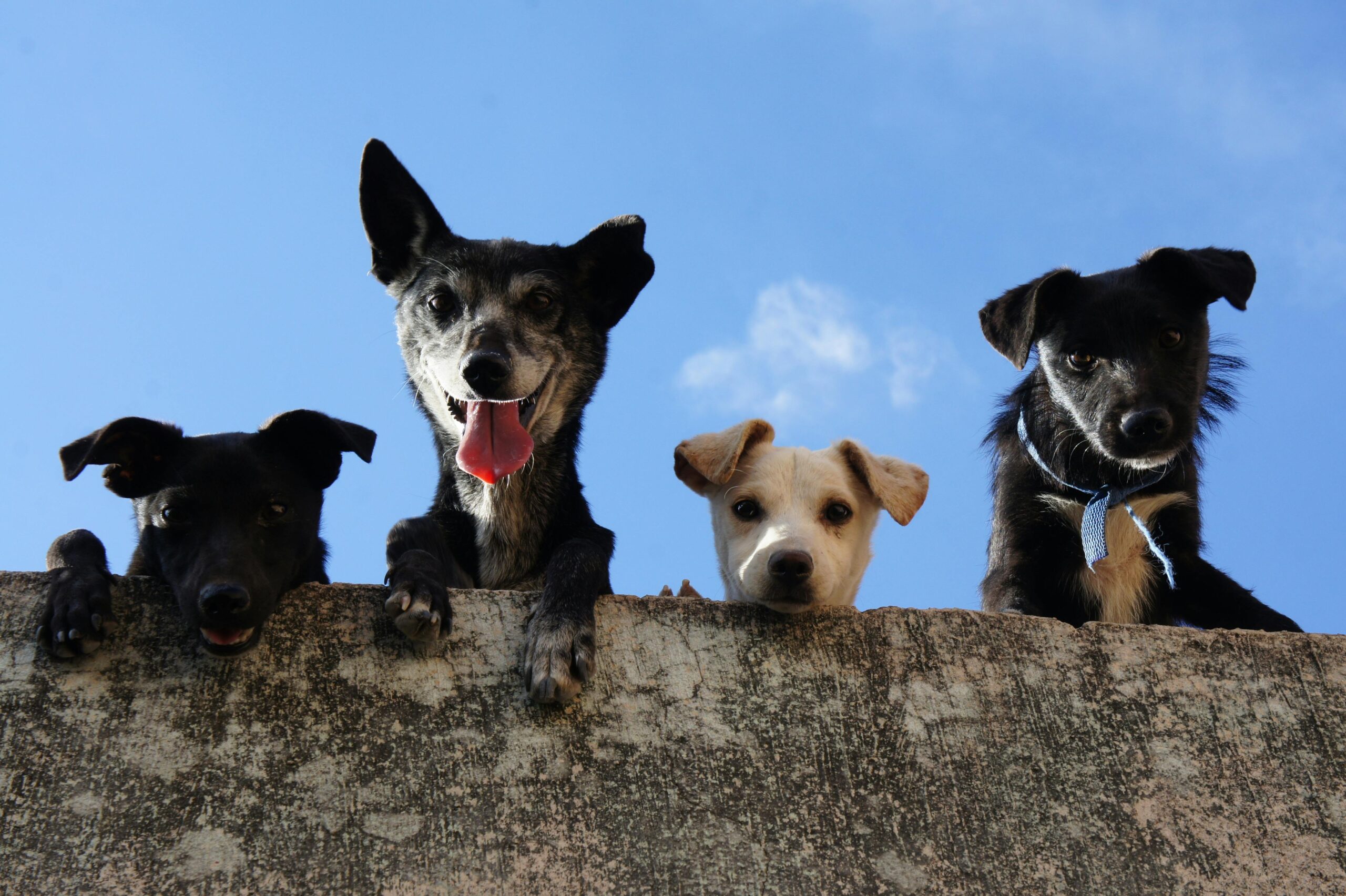
- Facebook Groups and Meetups: Join local pet-related Facebook groups or online forums to find playdates and socialization events in your area. Many communities organize regular meetups for puppies and their owners. These groups can also be a great resource for advice and support from other puppy parents.
- Pet-Friendly Events: Attend pet-friendly events and festivals. These environments offer exposure to crowds, noise, and different types of people and dogs. Look for local pet expos, charity walks, and outdoor markets.
- Doggy Daycare: Consider enrolling your puppy in doggy daycare a few times a week. Daycares provide a structured environment where puppies can interact with other dogs under professional supervision. Choose a daycare with experienced staff and a good reputation for safety and cleanliness.
- Visiting Friends and Family: Take your puppy to visit friends and family who have well-behaved dogs. These visits can help your puppy become comfortable with different homes and social settings. Make sure all interactions are supervised and positive.
Conclusion
Socializing your puppy is essential for their development and well-being. By starting early and using a variety of methods, you can help your puppy grow into a confident, well-adjusted dog. Remember to always prioritize safety and positive experiences in every socialization opportunity. With patience and consistency, your puppy will thrive in any environment.

